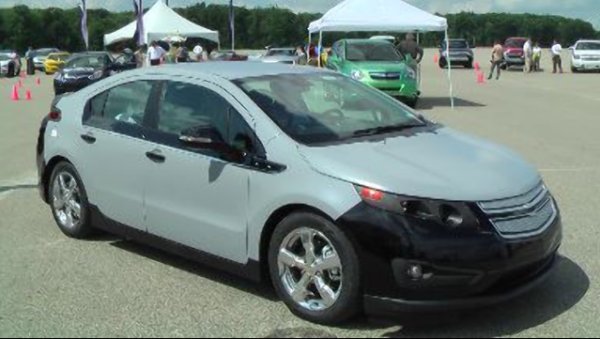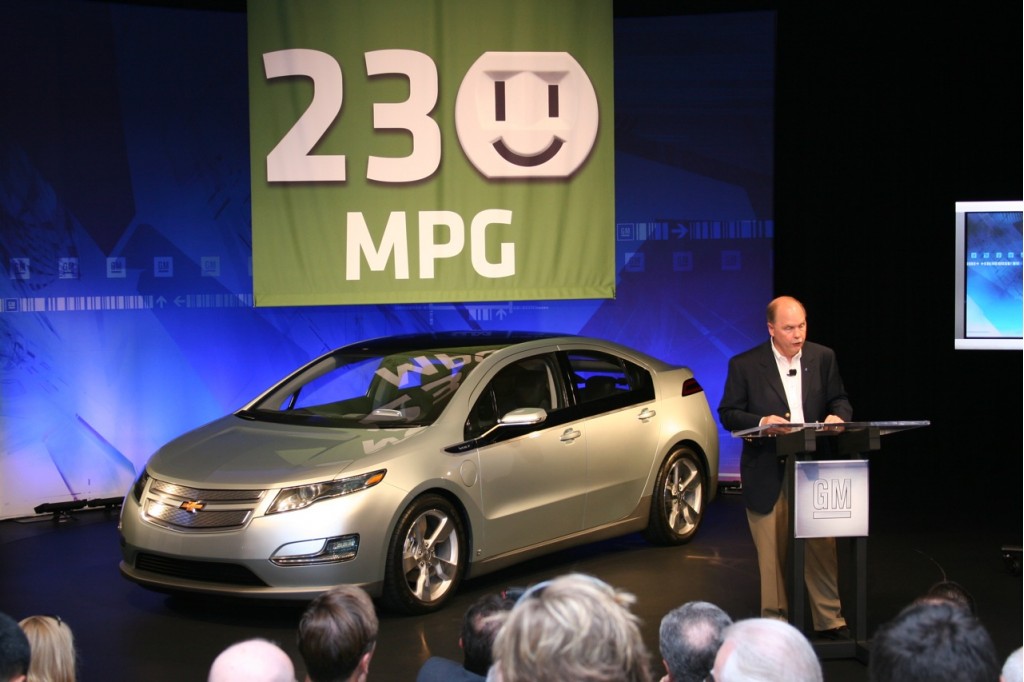
Chevy Volt IVer
If you read the NY Times piece you probably already know the answers: Yes, Yes and Yes. The review basically said that the car is well sorted and is pretty much ready for primetime with the exception of one piece of the puzzle. That piece is how the generator revs up in a noisy fashion to try to catch up to the depletion rate of the electrical power from the battery. Besides being noisy, the New York Times reported it being a little unnerving when you aren’t used to the constant RPM sound; in fact the writer equated it to sounding like missing a shift in a standard shift car.

2011 Chevrolet Volt
The big difference between the Volt and the current hybrids on the market is that the engine in the Volt doesn’t have a direct connection to the wheels. It is actually a generator to recharge the battery and provide electrical current to power the car. So you will still be propelled by the electric motor, but you will be putting out some emissions. The thing that may take some getting used to is the constant RPM of the motor. This is a way to cut down on emissions and delivery peak performance out of the motor no matter the actual load on the vehicles drive wheels. For those who drive Nissans or other vehicles with a CVT transmission the sensation will not be that different since the goal of a CVT is to keep a constant RPM as well.
Bottom line—the new Chevrolet Volt finally gets GM back in the innovation game and proves once again that America can compete in the Global Economy. Now we just need them to follow through and make America proud.
[Source: NY Times]












